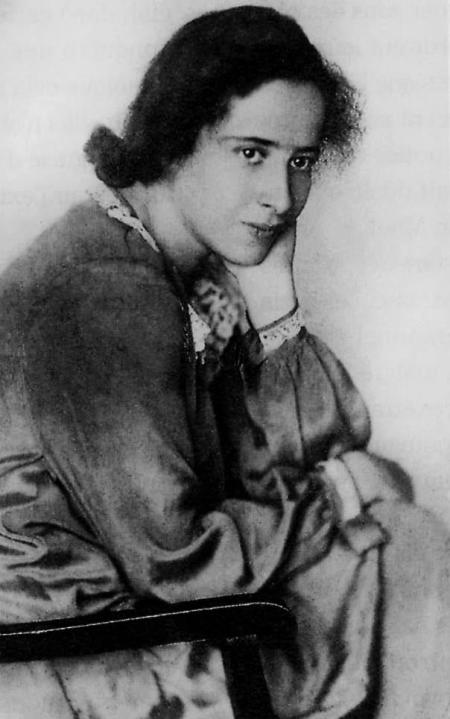For centuries, the history of the far North was a tapestry of controversies and mis- understandings, misspellings, dubious arrivals and equally dubious departures. Pytheas the Greek sailed north from Britain in the 4th century BC, found a place where the sea, land and sky seemed to merge, and was trounced by later scholars as a terrible charlatan. The Vikings mingled cartographical details with stories of trolls and hauntings. During the reign of Elizabeth I, Martin Frobisher went north and (mistakenly) thought he’d found gold. Undeterred, successive explorers and treasure hunters ventured into the Arctic wastes, many of them vanishing among the floes. Frederick Cook claimed to have reached the North Pole in 1908; his claim was promptly dismissed. Robert Peary’s arrival in 1909 was also treated with grave suspicion. By then it had become almost de rigueur to dis- believe any news from the North.
More recently, the North has attracted writers picking over historical scraps, in search of the ‘lost that can’t be found’ (as Louis MacNeice put it, when he went to Iceland in the 1930s). The Italian author Andrea di Robilant has added himself to the northbound hordes, travelling in pursuit of ‘an old Venetian tale’ of the 14th century Zen map of the far North. He has produced a clever, highly entertaining book about uncertainty, and those quests that obscure as much as they reveal.
The trail begins in Venice, when an American tourist asks di Robilant about the Zen brothers, two Italian sailors who ‘crossed the Atlantic and reached the coast of North America at the end of the 14th century’. Di Robilant confesses he has never heard of them. Later, he finds a reference to a book, printed in 1558, entitled On the Discovery of the Islands of Frislanda, Eslanda, Engroneland, Estotiland and Icaria made by two Zen brothers under the Arctic Pole and authored by ‘the Magnificent M Nicolò Zen’, the great-great-great-grandson of Antonio Zen, one of the original two navigators. The magnificent Zen claimed he had found a stash of his ancestors’ letters and used them to compile an account of their voyage. He had also discovered a nautical map, explains di Robilant:
At first glance it looked like a sketch of an old treasure map, with oddly shaped islands and exotic place names. But I recognised the coastline of Scandinavia. Greenland’s outline was traced with startling precision.
The veracity of the original journey, as well as Nicolò Zen’s later account, was hotly disputed over the centuries. Mercator apparently used the Zen map to complete his own map of the world in 1569 and John Dee was a firm supporter; yet by the end of the 19th century the Zens’ story had been ‘fairly torn to shreds.’ Intrigued by ‘the voyages, the forgery charges, the rehabilitation, the accusations’, di Robilant tries to reconstruct the Zens’ route. He travels to the Orkney Islands, Shetland, the Faroes, Iceland and finally to Greenland, in search of something roughly approximating to the truth. On Orkney, he wanders over peat bogs and even through whiskey distilleries. In Iceland, he finds ‘a turbulent landscape of hardened magma,’ and ‘green pastures flecked with sheep.’ In Greenland, ‘spray-painted concrete tenement houses with broken doors and smashed windows,’ and ‘celestial ice formations on parade’.
He meets taciturn locals, muses on the Viking sagas and Danish colonial history. By his own admission, he plays fast and loose with his sources. Sometimes he opts for a particular interpretation simply, he reveals, to make his quest more interesting, or to prevent it from stalling. Mostly, this is enjoyably irreverent and makes for an idiosyncratic tour.
Occasionally one balks a bit. Di Robilant describes Pytheas as ‘the first European to reach the shores of Iceland while exploring the Atlantic around 400 BC. He called it Ultima Thule.’ But no one knows if Pytheas’s ‘Thule’ (it became ‘Ultima Thule’ later, in Roman authors such as Virgil) was Iceland or somewhere else entirely. Also, Pytheas’s journey was more likely to have occurred around 330 BC. Elsewhere, di Robilant briskly translates ‘Skraeling’ (the people the Vikings found in Greenland) as ‘scruffy wimps’ and claims they were ‘the Thule Inuit’. This ignores a few baroque debates, both about what the word ‘Skraeling’ meant and who they were.
By the end, di Robilant has dextrously turned himself into the bemused protagonist of one more outlandish Arctic yarn. His quest ends in extravagant bathos. Having read something in the Zen letters about a smoky mountain in Greenland, he makes enquiries. The Greenlanders tell him of a mountain called Pujortoq. After some Arctic asperities, insidious reefs and drifting bergs, di Robilant finally arrives. ‘I had reached my destination. I had found a smoky mountain.’ He sits in the boat, eagerly awaiting a ‘final revelation’. Nothing happens. The Zens’ story, he concludes, is ‘one of the most puzzling in the whole circle of literature.’ Shaking his head over the unfathomable complexity of the past, di Robilant decides it is time to go home.







Comments